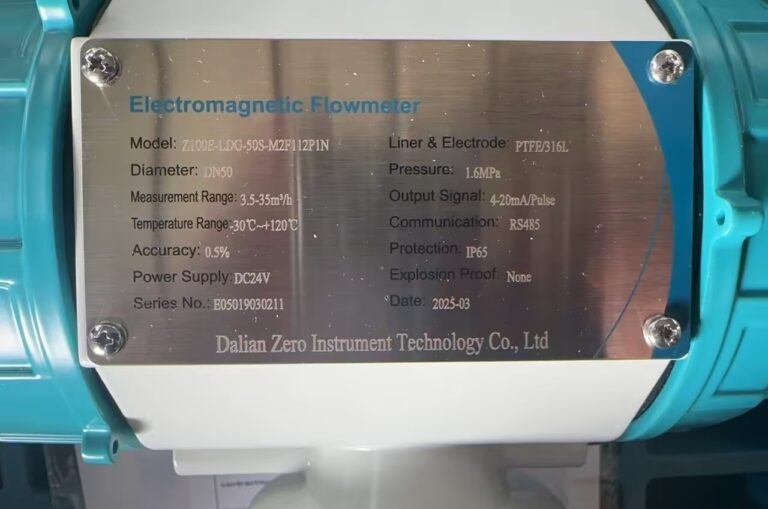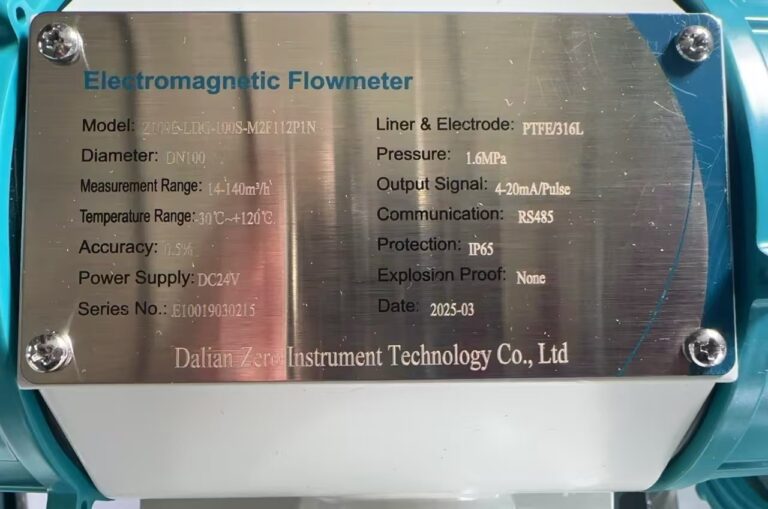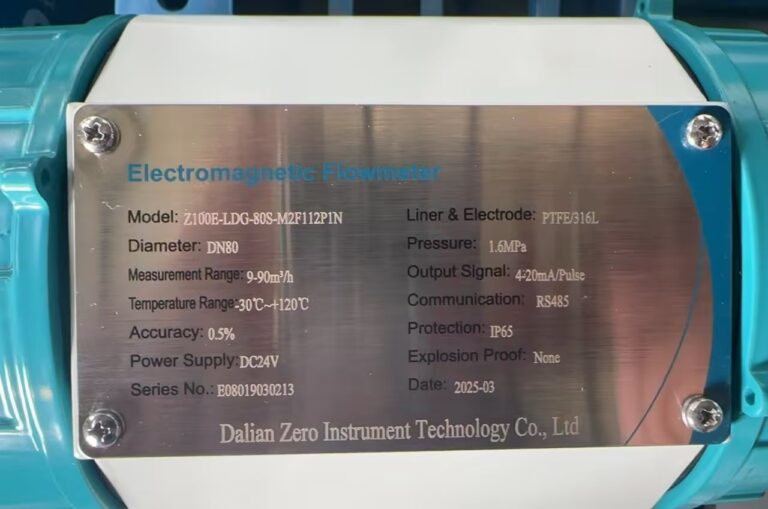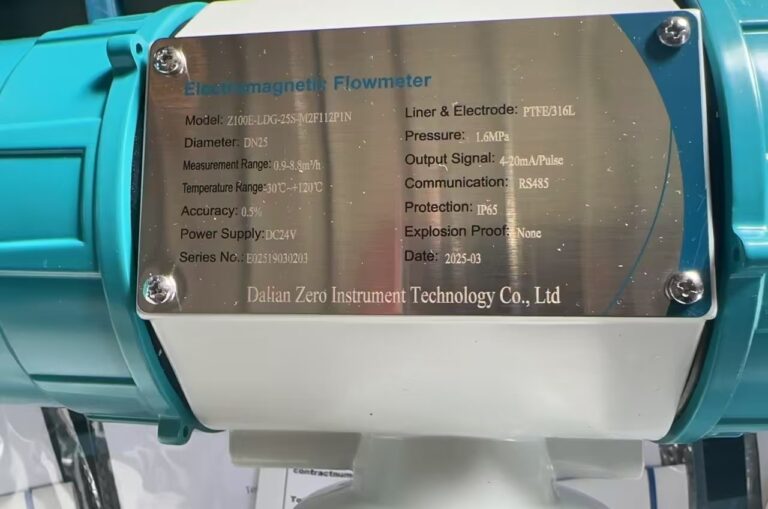Introduction In hazardous environments, explosion-proof equipment plays a critical role in ensuring safety. However, safety inspections often reveal a persistent issue: faulty or missing instrument nameplates. Statistics show that nameplate-related problems account for nearly 30% of all explosion-proof equipment issues found during inspections. These problems can be challenging to rectify, yet they are crucial for maintaining compliance and ensuring operational safety.
This article highlights the most common nameplate issues, their causes, and recommended corrective actions to help organizations mitigate these risks effectively.

Importance of Explosion-Proof Equipment Nameplates
An explosion-proof equipment nameplate must be securely affixed to a visible location on the equipment body and remain readable after installation. It typically contains the following information:
Manufacturer’s name or registered trademark
Product model and specifications
Serial number
Explosion-proof marking
Name or certification mark of the testing authority that issued the explosion-proof certificate
Explosion-proof certificate number and, if necessary, the symbol “X”
Manufacturing date
Failure to comply with these requirements can lead to regulatory violations, equipment misuse, and potential safety hazards.

Common Nameplate Issues and Corrective Actions
1. Missing Nameplate
Cause: Inadequate maintenance and routine inspections.
Corrective Actions:
Request the original manufacturer to provide the explosion-proof certificate and manufacture a replacement nameplate.
Retrieve equipment records and create a nameplate based on certificate details.
If the above solutions are not feasible, replace the equipment based on the hazardous area classification.
2. Nameplate Covered or Illegible
Cause: Poor maintenance practices, accumulation of dirt, or exposure to harsh environmental conditions.
Corrective Actions:
Clean the nameplate to ensure clear visibility.
Verify that the nameplate information is complete and accurate.
If the nameplate remains unreadable, request the manufacturer to provide a replacement.
3. Missing Explosion-Proof Marking
Causes:
The equipment has been certified, but the manufacturer omitted the marking on the nameplate.
The equipment was not certified.
Corrective Actions:
Obtain the explosion-proof certificate from the original manufacturer and replace the nameplate.
If certification cannot be verified, replace the equipment based on hazardous area requirements.
4. Missing Explosion-Proof Certificate Number
Causes:
The equipment has been certified, but the certificate number was omitted.
The equipment was not certified.
Corrective Actions:
Obtain a valid explosion-proof certificate and replace the nameplate.
Replace the equipment if certification cannot be verified.
5. Expired Explosion-Proof Certificate
Causes:
The explosion-proof certificate has expired and was not renewed.
The equipment has been recertified, but the nameplate was not updated.
Corrective Actions:
If the certificate has expired and renewal is not possible, replace the equipment.
If a new certificate has been issued, update the nameplate accordingly.
6. Missing Equipment Protection Level
Cause: The manufacturer failed to include this information during production.
Corrective Action: Request the manufacturer to provide an updated explosion-proof certificate and replace the nameplate.
7. Incomplete Nameplate Information
Examples of Missing Data:
Rated voltage, current, and power
Manufacturing date or serial number
Cause: Manufacturing oversight or inadequate quality control.
Corrective Action: Obtain a certified nameplate template from the manufacturer and install a corrected nameplate.
8. Nameplate Material Not Meeting Standards
Cause: The use of substandard materials during manufacturing.
Corrective Action: Request the manufacturer to supply a compliant nameplate with proper certification.
9. Improper Nameplate Attachment
Cause: Poor bonding or anchoring techniques during manufacturing.
Corrective Actions:
Consult the manufacturer for recommended anchoring or bonding methods.
Ensure that the nameplate attachment does not compromise the explosion-proof design.

Preventative Measures for Nameplate Compliance
To avoid these common nameplate issues, organizations should implement the following proactive measures:
Routine Inspections & Maintenance:
Conduct regular checks to ensure nameplates remain intact, legible, and compliant with safety standards.
Record Keeping:
Maintain updated equipment records, including explosion-proof certification and historical maintenance data.
Supplier Compliance Audits:
Verify that manufacturers and suppliers adhere to explosion-proof certification requirements and provide compliant nameplates.
Training & Awareness:
Educate maintenance personnel on the importance of nameplates and best practices for compliance and safety.

Conclusion
Instrument nameplates may seem like a minor component, but they hold vital safety and compliance information. As safety inspections continue to evolve in 2025, it is crucial to remain vigilant in maintaining proper nameplate documentation, ensuring visibility, and promptly addressing any deficiencies.
By taking a proactive approach to nameplate management, companies can avoid regulatory penalties, prevent potential hazards, and reinforce workplace safety in hazardous environments.
